At least it shows we don’t need compulsory voting
Australians are having their two bob’s worth on same-sex marriage.The first Australian Bureau of Statistics running total of same-sex marriage postal survey forms says almost 60 per cent of eligible Australians have already ticked and licked. A ReachTel-Sky News poll of 1,000 people found a whopping 79 per cent of respondents have already completed and posted their response, with 64 per cent voting Yes and just 15 per cent voting No.
Given the ABS’s propensity for stuffing up – the ruins of last year’s census fiasco still smoulder – it may well be that ReachTel is closer to the current mark, and waiting until the last stragglers arrive on 23 November will be long and pointless with the verdict already in.
Whatever the merits of the Yes and No cases, the Yes campaign is winning this thing hands down. Any winning election campaign does three things: it makes people want to vote for it; defines the debate on its own terms; and frames its opponents (in other words, gets the bastards where it wants them). The Yes campaign is doing all these in spades. It radiates positivity and feel-good vibes, however much it lacks substance. It has created the illusion of widespread support.
Yes spokespeople are celebrities and well-groomed, non-threatening gay activists, and its influential supporters in the media, arts and business and politics are spreading its happy-clappy gospel. It is successfully framing its opponents as Bambi-killing grumpy old men, theocratic Canutes. The Yes campaign revels in soft, rarely critical, media coverage and, with its rainbow posters and banners everywhere you look, it conjures the illusion of a grass-roots movement.
Yes has what American politicians call the Big Mo.
By contrast, the No campaign looks reactionary, mean and nasty. Instead of celebrating the ancient tradition of marriage and families with both a mum and dad, it has resorted to relentless negativity. Its case depends on complex, slippery-slope arguments of ever-increasing stridency as the No campaign is painted successfully as isolated and out of touch.
With the exception of young lawyer and federal Liberal vice-president Karina Okotel, who is shining from out of the dullness all around her, No leaders and spokesmen are mostly middle-aged and elderly Anglo-Celtic men, sincere in their cause but easily stereotyped and ridiculed by their ‘cool’ opponents and Yes’s media barrackers.
Worse, the No campaign and the Coalition for Marriage are dominated by churchmen and religious activists in an age when nearly a third of us report no religion, and many of the rest of us have lost faith in institutionalised religion’s claims to moral legitimacy, let alone leadership.
That No leaders are willing to take a public stand for their beliefs against the hurricane of ‘luvvie’ opinion blowing them away, being personally pilloried in the process, deserves respect, even admiration. Unfortunately for them, this is an election campaign by another name, and No leaders and their advisers generally are being thrashed strategically and tactically. They are like a doomed government knowing it is heading for a catastrophic electoral defeat, when people stop listening and all that’s left is creating fear of the alternative.
But in this campaign there’s another factor in Australia, long the bastion of compulsory voting, that’s terrifically novel. That’s the fact that voting is voluntary, and therefore a big part of the Yes and No campaigns is about getting supporters to turn out.
Getting out the vote is where the Yes people truly have it all over the Noes. Devilishly clever use of advertising, mainstream and social media, the internet, and even simple old-fashioned posters and word-of-mouth have been designed to not only make a case, but getting people to tick, lick and post. The official and opinion poll evidence indicate just how successful they are being.
The only Australian campaign even remotely like this was the 1972 federal election. Gough Whitlam and Labor’s campaign director Mick Young ensured images of young, happy enthusiastic supporters of their charismatic, messianic leader. Rapturous public rallies dominated news coverage. A massed choir of media personalities sang as one that catchy earworm jingle, their exuberant celebrity reassuring hesitant Labor joiners that Gough the Great is Good. And, above all, that simple, powerful, encapsulating slogan: It’s Time.
To which a tired, divided Coalition government, led by conniving non-entity Billy McMahon, feebly responded (no joke): Not Yet.
It is all too likely that, like Whitlam after December 1972, the reality of a simplistic ‘Love is Love’ Yes vote will disappoint many of its supporters, let alone opponents, and some of the slippery slope concerns of the Noes dismissed by the Yes people will indeed come to pass. But, for now, an ill-starred and tired No campaign is reaping the whirlwind.
If any lasting political good comes out of this unedifying contest for ticks in a box, however, it will not be legalised SSM. It will be this campaign showing Australians we can have both voluntary voting and high turnouts. Compulsory voting in a democracy is anathema, and reflects the political class’s perpetual distrust of, and contempt for, the people who they compel to elect them. Politicians and parties should have to work hard to persuade voters to turn out, but compulsory voting and public election funding makes them lazy and complacent.
This survey is a timely reminder that so-called ordinary Australians take very seriously our right to vote and have our voices heard, and don’t need to be forced to ‘do our democratic duty’. The sooner compulsory voting disappears, the better. As imperfect an exercise in democracy that it is, this postal survey shows voluntary voting can – and must – again be the Australian thing to do.
Got something to add? Join the discussion and comment below.
Get 10 issues for just $10
Subscribe to The Spectator Australia today for the next 10 magazine issues, plus full online access, for just $10.
You might disagree with half of it, but you’ll enjoy reading all of it. Try your first month for free, then just $2 a week for the remainder of your first year.

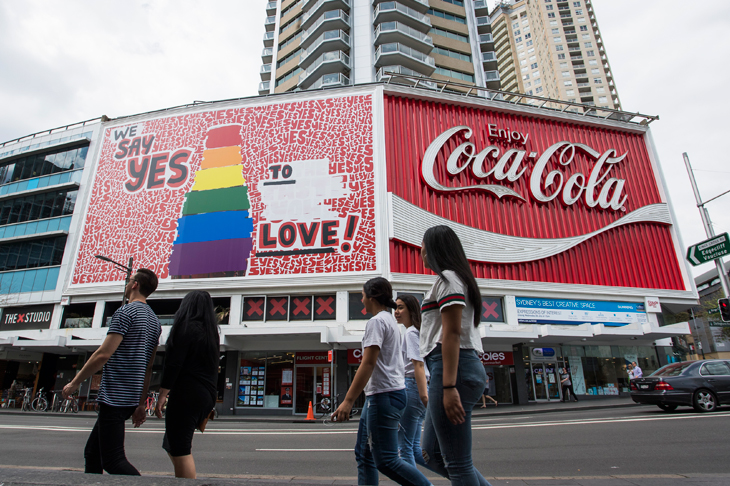
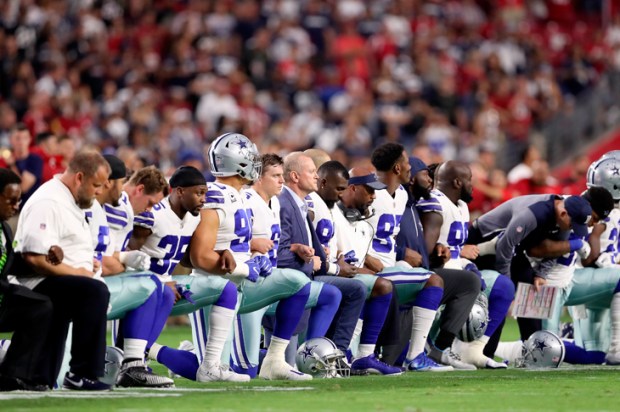
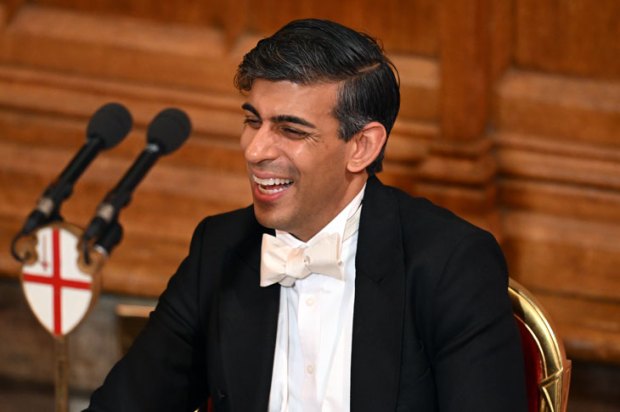
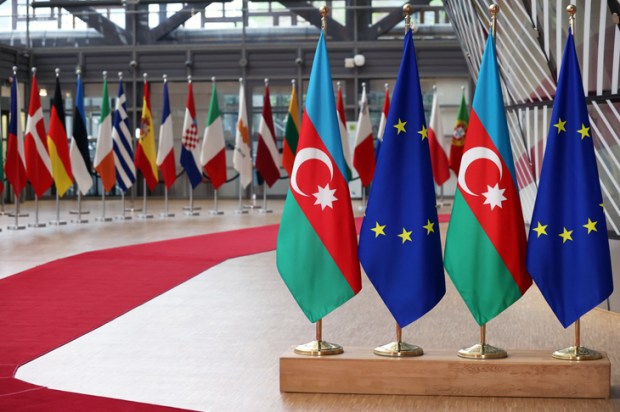
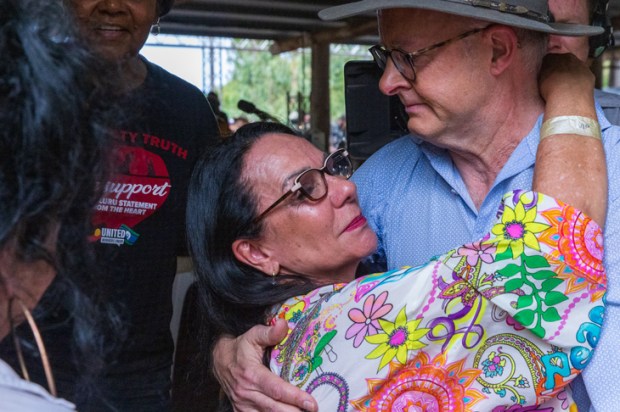
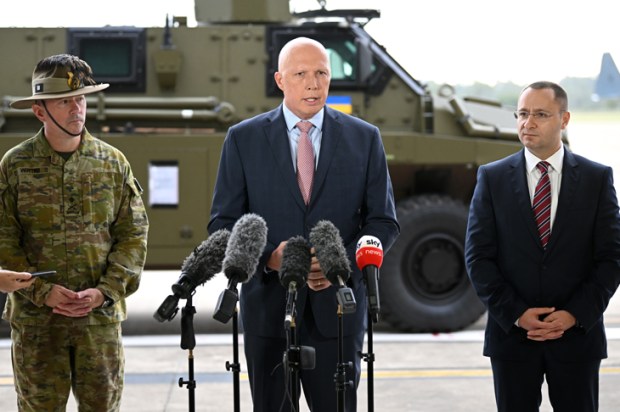
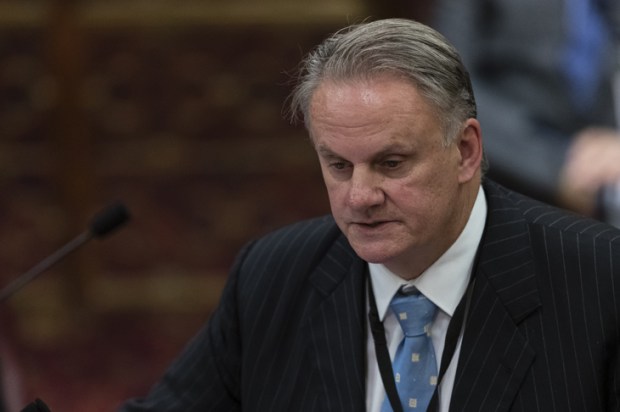






Comments
Don't miss out
Join the conversation with other Spectator Australia readers. Subscribe to leave a comment.
SUBSCRIBEAlready a subscriber? Log in